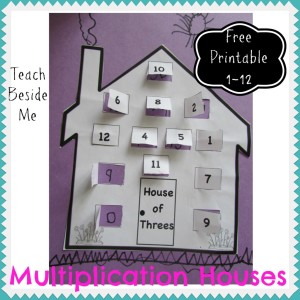Improving Literacy
 How do you know if your child is progressing if they are learning in a different language.
How do you know if your child is progressing if they are learning in a different language.
That is often the question that I am asked when others learn that my daughter is in a Chinese Immersion preschool.
Of course I had the same concerns when we initially discussed the idea of enrolling her. We had similar questions – how do I help her with her homework, how do we discuss what she’s learned in class, how will I help her if she gets behind in her coursework.
These questions became easier to answer after she was actually enrolled in the program. While this may not be the best measure this is how I’ve learned to deal with their learning curve.
We have agreed as a family (and we understand that it will be different for others). Our primary concern is that our daughter is learning to be a critical thinker and that she remains on par with her same age peers. We’ve decided to measure this by her competency displayed in her primary language – English. If in the third grade we find that our daughters are not fluent in Chinese we can deal with that. If the school agrees that they are still displaying success in the school although their fluency is behind we will not pull them out. But if we find that at the third grade they are reading at the first grade level in English we have decided that to be deal breaker for us.
In order to ensure that this does not happen we are actively involved in our child’s learning. While she has come home with assignments where she has written her name we are aware that her program is 100% Chinese and there is no discussion of the English alphabet or Arabic numerals. So we have begun working on that at home.
Here are the four best resources we have identified.
Kumon: We have purchased multiple workbooks for the girls. Many of them have not been age appropriate or involved more coloring and word games that encouraged more scribbling than skill building. Kumon workbooks have been an invaluable resource. The key I have found is to purchase two sets of workbooks. One set that is slightly below your child’s skill level so that they can complete the worksheets on their own with a sense of mastery and so that you can use that time to get a few extra tasks completed around the house. The second set of workbooks should challenge your child with new skills. While doing these worksheets you will have to be in close proximity to your child and assist them while they are completing their assignment. It is also beneficial to make copies of the blank sheets so that they have some repetition in completing the tasks to meet both goals – challenge your child and provide them with a feeling of mastery.
Bob Books: We found these books and LOVE them. Our oldest daughter is in preschool and has displayed to us that she was ready to read. We know that the school does not begin reading in English until Kinder which is more than a year away so we wanted to find a way to support her in her journey and to further her love of reading. The Bob Books have been a great addition to our library. Our daughter has learned to read and that has been further supplemented in some of the rhyming activities in her Kumon workbooks.
Flash Cards: These are everywhere. I have found great flash cards in the dollar section at Target. They have helped with rhyming words, beginning sounds and sight words. The English teacher at our school also encouraged us to make flash cards of the words that she is learning in the Bob Books. A great tip she gave is to not always ask her to find or read the word but to lay a few out and ask her to find the words that start with a specific letter or end with a certain sound. These have been really fun games for our daughter and support what she has already learned.
Bedtime Stories: The older you get and the more hectic life becomes it is often hard to read to your child every night. But don’t forget that reading to your child daily is one of the best ways to support your child’s love of reading. While you are reading check in with them to see if they can identify letters in the book, understand the plot of the story, can anticipate what is going to happen next. Encourage them to count items on the page, identify colors and discuss what’s going on with the main character. You

 Next Post
Next Post




